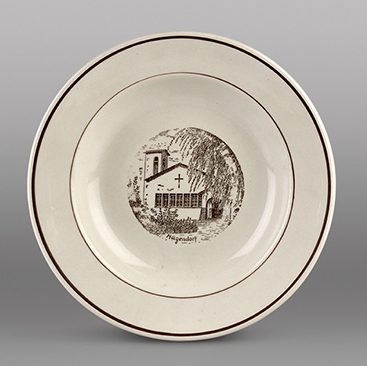
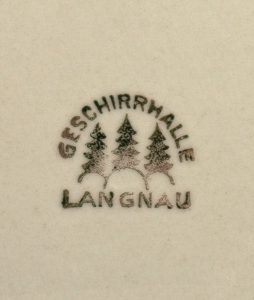
Roland Blaettler, Andreas Heege 2022
Pottery made by Geschirrhalle in CERAMICA CH
Pottery made by Langnau Töpferhus in CERAMICA CH
In 1902, Gotthold Herrmann began to work as a joiner in Langnau. Forced to change jobs for health reasons, he opened up a small shop selling various goods, including salt and crockery. Although they shared the same surname, there were no family ties between Gotthold Herrmann and the Langnau potters by the name of Herrmann (Heege/Kistler 2017).
In 1933, Gotthold’s son Fritz took over the shop on Oberstrasse, which he named “Geschirrhalle” (crockery hall), and which subsequently went through a series of significant developments. Fritz Herrmann had travelled to what was then Czechoslovakia and Silesia, where he learnt various techniques for decorating porcelain (painting, steel or copper engraving for transfer printing and screen printing). This allowed him to expand his range of products and offer personalised decorations, e.g. for societies, companies or private occasions. From the 1930s onwards, the company decorated white porcelain vessels imported from Germany or sourced from Langenthal under various labels, including “Helapo” (Herrmann Langnau Porcelain).
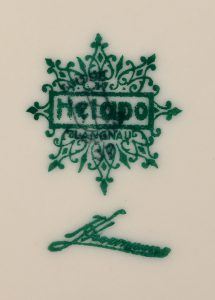
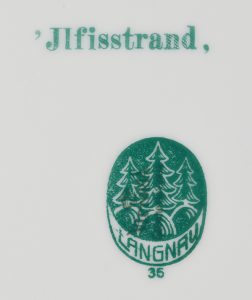
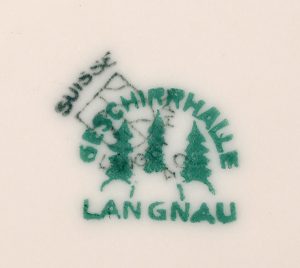
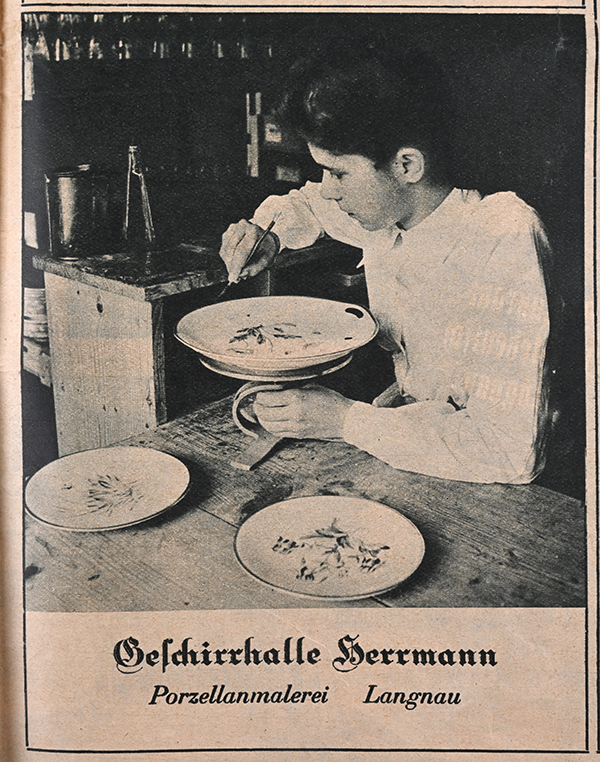
In 1947, the Berner Woche paper published a photographic report on the Geschirrhalle.
Further retail outlets were later established in Thun, in Konolfingen and in the Shoppyland shopping centre in Schönbühl. In 1972, Markus Herrmann became the managing director. At the turn of the 21st century, all branches closed down, even the parent company on Oberstrasse in Langnau. The only company that still existed in 2014 was trading under “Herrmann im Töpferhus”, which consisted of a potter’s workshop, a decorating shop and a retail outlet.
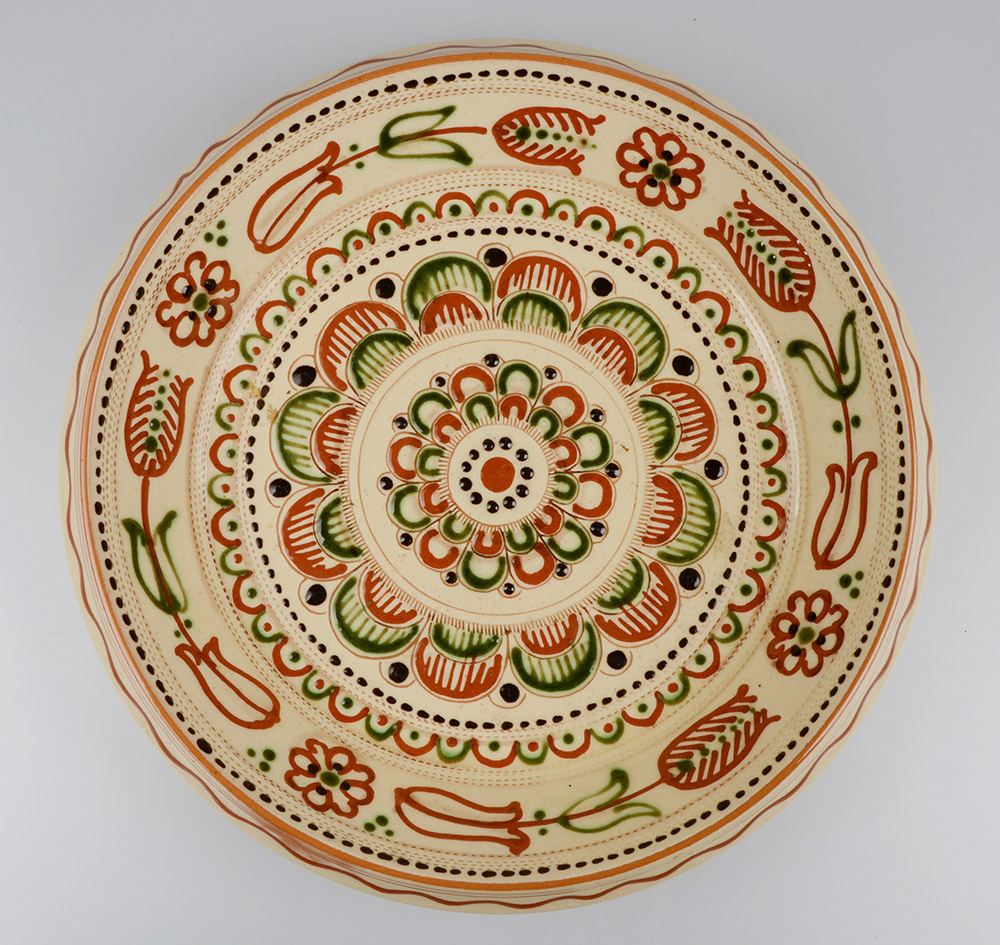
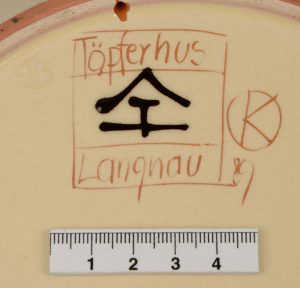
The new company had been set up at the “Töpferhus” (potters’ house) in Langnau in April 1984 in collaboration with the ceramicist Heinz Gerber. It mainly produced wares in the “Alt-Langnau” style (Der Bund, Vol. 136, Issue 92, 22nd April 1985). Production ceased in March 2018.
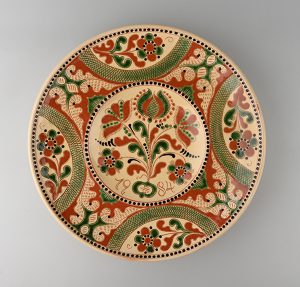
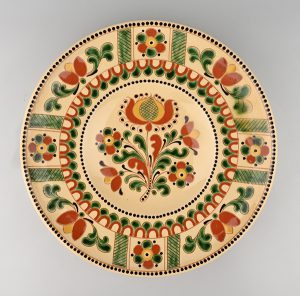
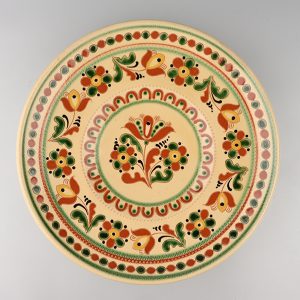
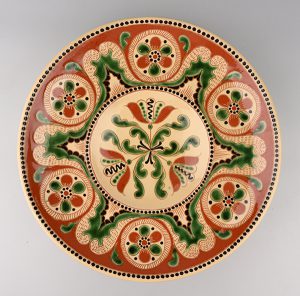
The Langnau Regional Museum has a small number of pieces from the first firing in 1984..
Information provided by Markus Herrmann
Translation Sandy Haemmerle
References:
Andreas Heege/Andreas Kistler, Keramik aus Langnau. Zur Geschichte der bedeutendsten Landhafnerei im Kanton Bern (Schriften des Bernischen Historischen Museums 13), Bern 2017.

